
7 Most Common Time-Wasters For Software Development
Last updated: October 14, 2022 Read in fullscreen view
- 10 Apr 2022
 Agile self-organizing teams: What are they? How do they work? 28/435
Agile self-organizing teams: What are they? How do they work? 28/435 - 18 Oct 2020
 How to use the "Knowns" and "Unknowns" technique to manage assumptions 21/989
How to use the "Knowns" and "Unknowns" technique to manage assumptions 21/989 - 21 May 2022
 "Fail Fast, Fail Often, Fail Forward" is the answer to Agile practices of software success 18/941
"Fail Fast, Fail Often, Fail Forward" is the answer to Agile practices of software success 18/941 - 01 Oct 2020
 Fail fast, learn faster with Agile methodology 13/973
Fail fast, learn faster with Agile methodology 13/973 - 19 Oct 2021
 Is gold plating good or bad in project management? 7/754
Is gold plating good or bad in project management? 7/754 - 10 Nov 2022
 Poor Code Indicators and How to Improve Your Code? 7/213
Poor Code Indicators and How to Improve Your Code? 7/213 - 01 Mar 2023
 Bug Prioritization - What are the 5 levels of priority? 6/207
Bug Prioritization - What are the 5 levels of priority? 6/207 - 06 Feb 2021
 Why fail fast and learn fast? 6/375
Why fail fast and learn fast? 6/375 - 20 Nov 2022
 Agile working method in software and football 5/323
Agile working method in software and football 5/323 - 14 Oct 2021
 Advantages and Disadvantages of Time and Material Contract (T&M) 4/789
Advantages and Disadvantages of Time and Material Contract (T&M) 4/789 - 08 Oct 2022
 KPI - The New Leadership 3/557
KPI - The New Leadership 3/557 - 31 Oct 2021
 Tips to Fail Fast With Outsourcing 3/375
Tips to Fail Fast With Outsourcing 3/375 - 18 Aug 2022
 What are the consequences of poor requirements with software development projects? 3/242
What are the consequences of poor requirements with software development projects? 3/242 - 10 Dec 2023
 Pain points of User Acceptance Testing (UAT) 2/416
Pain points of User Acceptance Testing (UAT) 2/416 - 23 Sep 2021
 INFOGRAPHIC: Top 9 Software Outsourcing Mistakes 2/411
INFOGRAPHIC: Top 9 Software Outsourcing Mistakes 2/411 - 17 Feb 2022
 Prioritizing Software Requirements with Kano Analysis 2/280
Prioritizing Software Requirements with Kano Analysis 2/280 - 28 Dec 2021
 8 types of pricing models in software development outsourcing 2/417
8 types of pricing models in software development outsourcing 2/417 - 03 Jul 2022
 Manifesto for Agile Software Development 2/240
Manifesto for Agile Software Development 2/240 - 13 Dec 2020
 Move fast, fail fast, fail-safe 2/292
Move fast, fail fast, fail-safe 2/292 - 12 Oct 2020
 The Agile Manifesto - Principle #8 2/447
The Agile Manifesto - Principle #8 2/447 - 07 Oct 2020
 How To Manage Expectations at Work (and Why It's Important) 2/266
How To Manage Expectations at Work (and Why It's Important) 2/266 - 26 Dec 2023
 Improving Meeting Effectiveness Through the Six Thinking Hats 1/205
Improving Meeting Effectiveness Through the Six Thinking Hats 1/205 - 05 Jan 2024
 Easy ASANA tips & tricks for you and your team 1/180
Easy ASANA tips & tricks for you and your team 1/180 - 11 Jan 2024
 What are the Benefits and Limitations of Augmented Intelligence? 1/434
What are the Benefits and Limitations of Augmented Intelligence? 1/434 - 14 Mar 2024
 Why should you opt for software localization from a professional agency? /117
Why should you opt for software localization from a professional agency? /117 - 12 Mar 2024
 How do you create FOMO in software prospects? /127
How do you create FOMO in software prospects? /127 - 27 Oct 2020
 8 principles of Agile Testing /1196
8 principles of Agile Testing /1196 - 06 Nov 2019
 How to Access Software Project Size? /236
How to Access Software Project Size? /236 - 21 Oct 2022
 Virtual meeting - How does TIGO save cost, reduce complexity and improve quality by remote communication? /166
Virtual meeting - How does TIGO save cost, reduce complexity and improve quality by remote communication? /166 - 09 Oct 2022
 Key Advantages and Disadvantages of Agile Methodology /666
Key Advantages and Disadvantages of Agile Methodology /666 - 10 Oct 2022
 Should Your Business Go Agile? (Infographic) /108
Should Your Business Go Agile? (Infographic) /108 - 02 Nov 2022
 Frequently Asked Questions about Agile and Scrum /372
Frequently Asked Questions about Agile and Scrum /372 - 16 Jul 2022
 What are disadvantages of Agile Methodology? How to mitigate the disadvantages ? /353
What are disadvantages of Agile Methodology? How to mitigate the disadvantages ? /353 - 01 Jun 2022
 How Your Agile Development Team is Just Like a Football Team? /206
How Your Agile Development Team is Just Like a Football Team? /206 - 28 Nov 2023
 Scrum Team Failure — Scrum Anti-Patterns Taxonomy (3) /228
Scrum Team Failure — Scrum Anti-Patterns Taxonomy (3) /228 - 01 Mar 2022
 Why Does Scrum Fail in Large Companies? /243
Why Does Scrum Fail in Large Companies? /243 - 01 Dec 2022
 Difference between Set-based development and Point-based development /298
Difference between Set-based development and Point-based development /298
Every tiny particle of your digital experience is a result of Software Development. It is a complex endeavor that involves programming, fine-tuning, designing, maintaining, testing, and a lot more. But, wait, it’s not just that – developers also need to meet strict and specified deadlines. Therefore software development teams are required to work with utmost productivity and efficiency. As per a survey, it is found that 61.5 % of developers spend two to four hours per day writing code. The decrease in production time is due to an increase in multiple distractions. Sometimes a tiny shortcut to save time can make the whole process even more complex.
1. Task Switching
According to research, it is observed that it takes nearly 23-25 minutes to resume an interrupted task. As a result, task switching causes software developers to lose concentration and reduce productivity. The best way to complete different tasks is to do one at a time. Proper resource planning and execution can reduce this issue. This will ensure that everyone has their specified task and no switching needs to be done till a particular task is completed. Further, it minimizes task switching and maximizes output.
2. Rework Due to Lack of Input
Rework is the most common time-waster during software development. You can’t expect a perfect reward until you don’t demonstrate your definition of perfection. End users’ preferences keep on changing, and regular rework decreases the efficiency. They don’t know what they exactly want until they see it. Try to get a clear picture of what exactly needs to be done. Always make sure to receive regular feedback from end-users and product owners. There are a few steps that you can follow to tackle this issue:
- Maintain regular communication
- Implement short feedback loops
- Collaborate in each stage of development
- Identify the area of improvement at each step
3. Aiming for Perfection
This may seem to be the best idea to behold the pride of your code, but trust me, it is not as impressive as it sounds. Trying to attain perfection when your current code is good enough is just a waste of time and resources. This does not mean you must write pathetic code but don’t just fall into the vicious trap of perfection. Change is the only constant in the software industry; hence there is no perfect solution. So don’t waste your time finding one. Instead, aim for the one that smoothly complies, manages your work, and satisfies the end-user.
4. Email Hazards
Emails are nowadays the most crucial communication tool of working professionals. Therefore, developers need to constantly check their emails to ensure they don’t miss an important one. As per a survey, it is observed that working professionals check their emails approximately 73 times a day. If you read and respond to the emails the moment they pop up, this will break your focus, and a crucial part of your day will be wasted. This affects your productivity significantly, and you become victims of task switching without even knowing. In turn, it decreases your performance and ceases your concentration.
There are a few email hacks that you need to follow to minimize this time-waster during software development:
- Keep specific time slots to check emails
- Disable mail notification while working on crucial tasks
- Filter your mails as per priority order
- Set up your time boundaries to eliminate distractions
5. Overexploitation
As per a survey, it is observed that 83% of developers feel burnt out from work. Overexploitation and burnout situation is the maximum among software developers as compared to other professionals. This hampers developers’ productivity and is the most crucial time-waster in software development that is often ignored. They feel stuck, and it becomes impossible for them to complete the task, which hampers the complete software development cycle. The developers must always ensure to take regular breaks to keep their minds fresh. Likewise, the managers should emphasize proper resource planning to avoid overexploitation of developers and enhance their productivity.
6. Useless Meetings
There is just no end to meetings when you are working in a software development team. But, unfortunately, most of the meetings don’t have a proper plan and course of action, which makes them less effective. To avoid this, make sure that you don’t attend meetings that have no proper plan. If the meeting is not helpful for you, don’t attend it, say no in a polite manner. The main reason for the meeting is to stay informed. So ask someone about the summary, which will hardly take a few minutes, and spend the rest of your time doing real work.
7. Blurred Communication
Effective communication is a vital part of the software development process that fosters the successful delivery of end products. A failure to determine clients’ needs can lead to detrimental effects on the complete project. This can lead to significant errors and increase the chances of bugs. Inconsistent message delivery and unclear communication can lead to delays and failure. It is vital to stay connected to ensure that everyone is on the same wavelength. Proper management is the only solution to this problem. The optimal frequency of communication is another reliable way to tackle this issue. Further effective collaboration, brief demo, and project management tools can also play a significant role in reducing this threat.
Conclusion – It is really easy to fall into the insidious trap of these time-wasters. These may seem like small snippets of time that don’t have much significance. But In the bigger picture, these tiny fragments add up and contribute to a massive loss of time. So the first step in reducing these is to search for the ones that are the most significant contributors. Then you can follow the solutions that we have provided. The main motive is to identify and eliminate these time wasters and enhance the efficiency of the software development industry.
Via geeksforgeeks



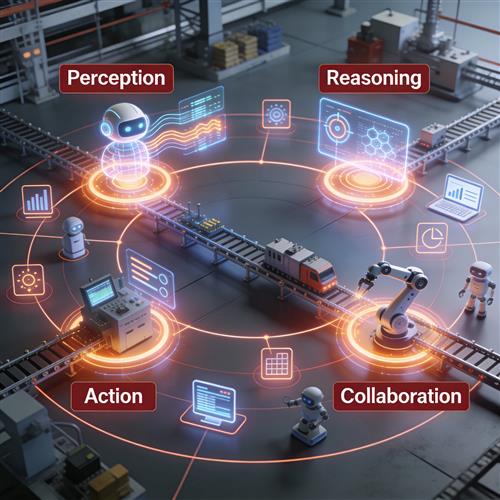





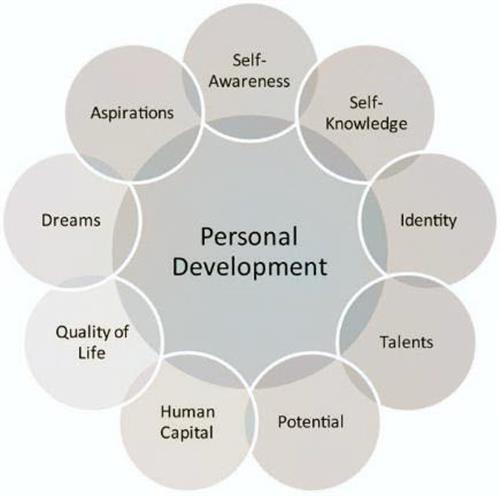

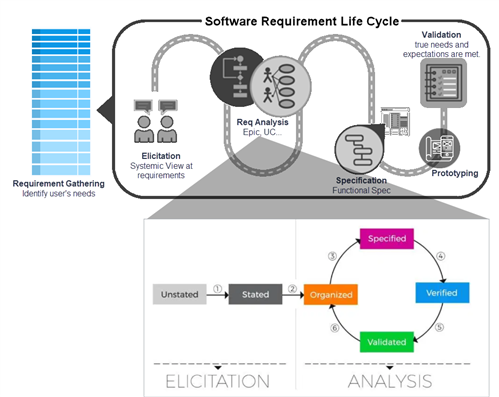



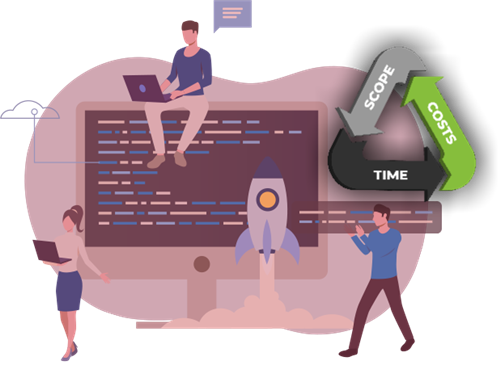
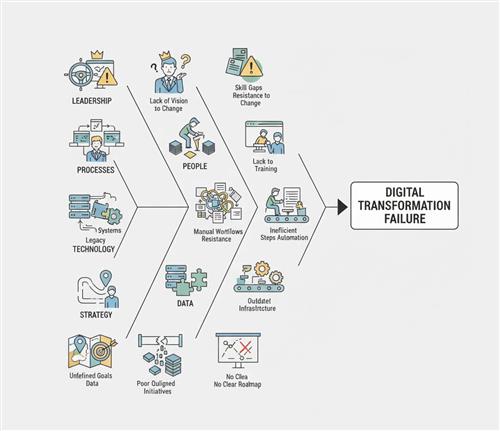


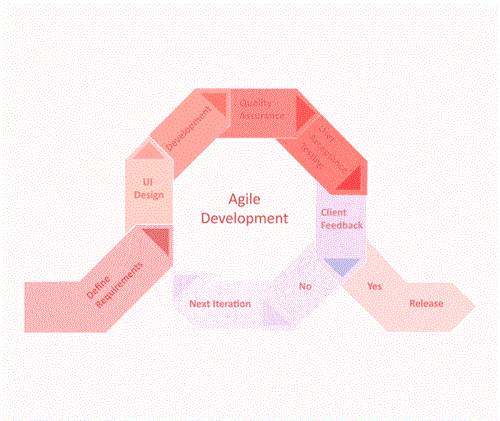
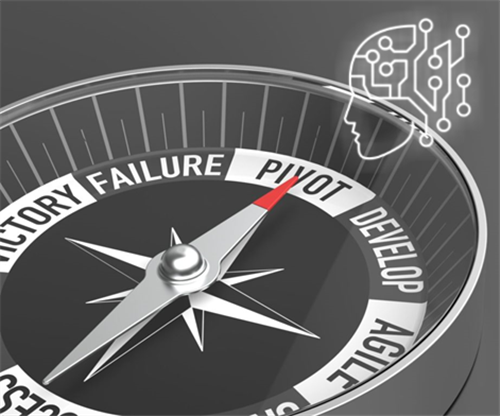

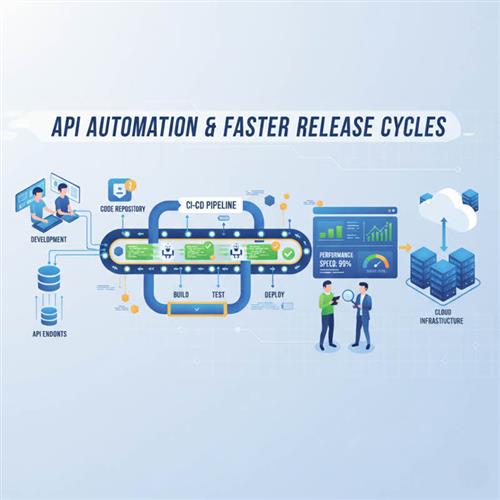
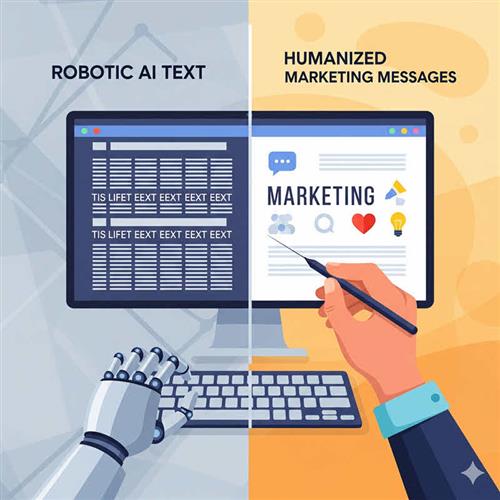











 Link copied!
Link copied!
 Recently Updated News
Recently Updated News